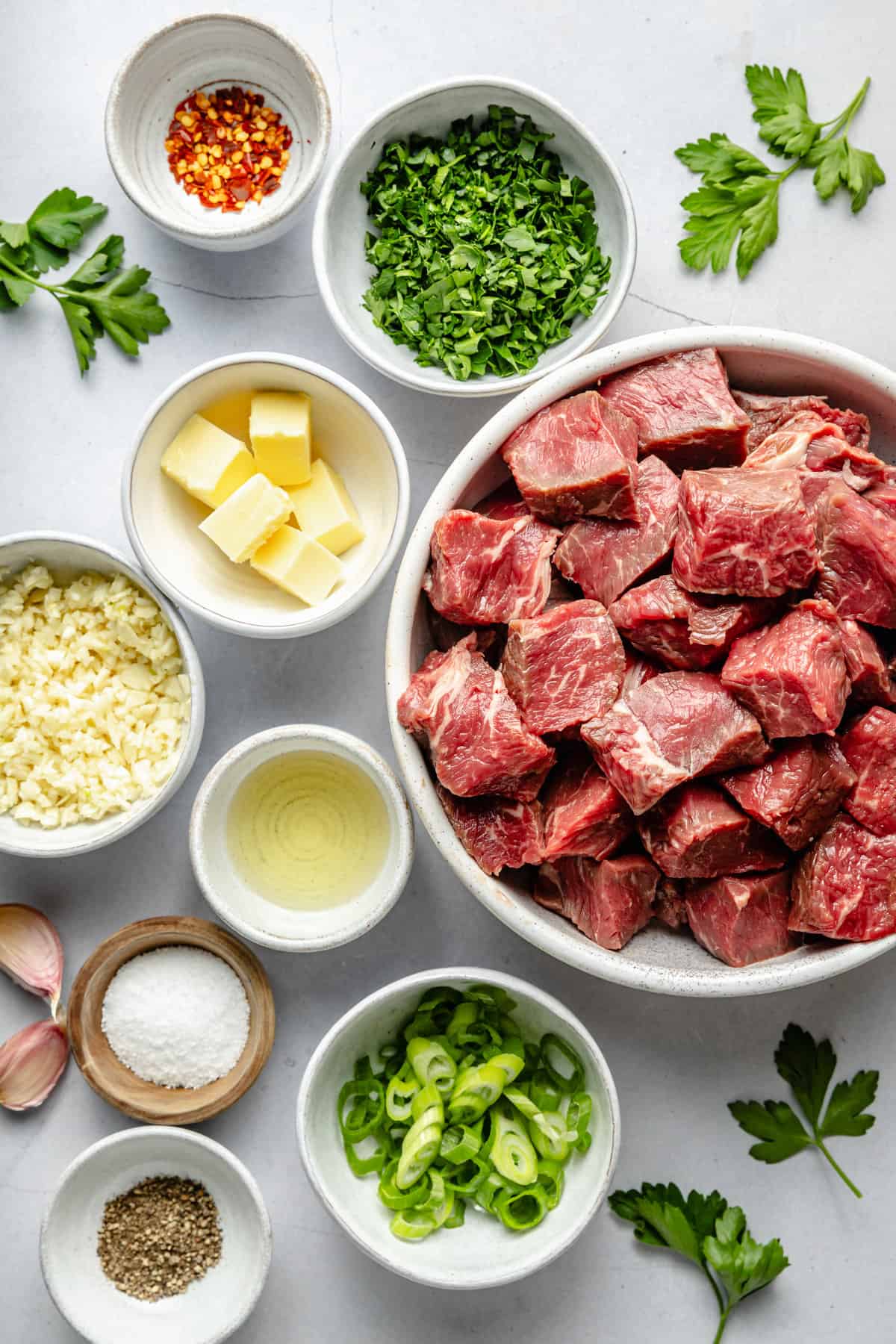From Farm to Table: Fresh and Premium Meat Choices
The trip of meat from ranch to table encapsulates an intricate interaction of top quality, principles, and sustainability. With an increasing emphasis on fresh and exceptional choices, customers are currently extra inclined to take into consideration the origins of their food, resulting in a restored emphasis on sustainable farming practices and animal well-being criteria. This shift not only boosts the dietary profile of meat however also supports local economic situations. Nevertheless, the effects of these options extend far beyond personal health and wellness and neighborhood farming. What does this mean for the future of food systems and consumer routines?
Understanding Meat Sourcing
As consumers become significantly aware of the beginnings of their food, comprehending meat sourcing has actually gained vital significance. Meat sourcing entails tracing the journey of meat from ranch to table, incorporating different factors such as farming techniques, animal well-being, and ecological impact. This understanding equips customers to make informed options that align with their values, especially relating to sustainability and honest considerations.
The sourcing of meat can vary significantly based on several criteria, consisting of the type of livestock, farming methods, and geographical area. Grass-fed beef usually comes from pasture-based systems that promote animal well-being and minimize ecological deterioration. Alternatively, conventional meat might include intensive farming practices that raise worries concerning antibiotic usage and environment damage.
Furthermore, traceability plays a critical role in meat sourcing. Understanding the certain ranch or region where the meat comes from aids customers make certain high quality and security. Lots of consumers currently look for accreditations or labels that show humane therapy and sustainable methods, mirroring a growing demand for openness in the food supply chain. Ultimately, recognizing meat sourcing not only boosts customer option however additionally fosters liable intake and supports honest farming practices.
Advantages of Fresh Meat
Selecting fresh meat uses numerous advantages that extend beyond flavor and texture. Fresh meat normally keeps higher nutritional value contrasted to its frozen or refined counterparts. It is often richer in vital minerals and vitamins, such as B vitamins, iron, and zinc, which are crucial for preserving general wellness.
Additionally, the sourcing of fresh meat typically involves much shorter supply chains, minimizing the time in between ranch and table. This means that the meat is less most likely to shed its nutritional integrity throughout transportation and storage space. Additionally, consumers can experience improved preference and juiciness, which can raise cooking experiences.
Fresh meat likewise gives a chance for customers to support regional farmers and advertise sustainable agricultural methods. When acquiring from neighborhood resources, individuals can add to their neighborhood economic situation and foster a better link to the food they consume.
Finally, fresh meat is generally devoid of the preservatives and additives frequently located in processed alternatives. This makes it a cleaner, healthier choice for those seeking to lessen their consumption of fabricated ingredients. Generally, the advantages of choosing fresh meat include wellness, taste, and a feeling of area involvement.
Animal Well-being Criteria
Making certain high animal welfare criteria is important for both moral factors to consider and the high quality of meat items. The treatment of livestock straight influences not just the ethical implications of meat production however likewise the overall high quality and safety and security of completion products. Animals increased in gentle problems are much less stressed out, bring about much healthier animals and, subsequently, exceptional meat top quality.
Rules and accreditations concerning animal welfare have actually come to be increasingly significant in the meat sector. These frameworks ensure pets are offered with ample space, proper nourishment, and humane handling throughout their lives. Practices such as pasture-raised systems and free-range atmospheres add to better animal welfare by enabling pets to show all-natural habits, which is crucial for their health.
Additionally, customers are coming to be much more discerning relating to the sources of their meat, causing an expanding demand for products that abide by rigorous pet well-being criteria. find out here now This change not just promotes ethical farming techniques yet likewise urges producers to take on measures that boost the wellness and well-being of their pets. Meat. Eventually, focusing on pet welfare is not just an ethical imperative; it is likewise a path to producing premium-quality meat that meets consumer expectations

Lasting Farming Practices
Lasting farming techniques play a vital function in enhancing both pet well-being and the top quality of meat products. By applying rotational grazing, farmers can advertise healthy field communities, enabling pets to feed on nutrient-rich turfs while stopping overgrazing.
In addition, lasting farming often includes integrated parasite monitoring and natural feed choices, lessening making use of hazardous chemicals. This technique not only safeguards animal well-being yet additionally results in cleaner, much safer meat items for consumers. Water conservation methods, such as rain harvesting and effective irrigation systems, further add to sustainable techniques, guaranteeing that resources are made use of deliberately.
Furthermore, promoting biodiversity via polyculture systems and preserving habitats for wildlife enhances the durability of farming communities. By prioritizing these lasting techniques, farmers can generate top notch meat that fulfills customer demand while promoting environmental balance. Eventually, accepting sustainable farming practices is necessary for creating an extra accountable and resilient food system that benefits animals, farmers, and consumers alike.
Finding Quality Over Quantity
Frequently, consumers are faced with the issue of picking in between amount and high quality when it concerns meat products. While purchasing larger quantities may seem economically advantageous, the long-term benefits of selecting premium meat far exceed the instant savings. Quality meat is often sourced from animals increased in sustainable environments, where they are given proper nourishment and care, bring about exceptional flavor and dietary worth.
High-quality meats are commonly without unsafe ingredients, hormones, and anti-biotics that are often present in mass-produced options (Meat). This not just ensures a much healthier dining experience but additionally sustains honest farming methods that focus on pet welfare. Additionally, premium meats have a tendency to have a better texture and taste, boosting the overall culinary experience
Spending in high quality meat urges consumers to value smaller portions, permitting a more mindful approach to eating. This shift not just influences personal health and wellness positively however likewise advertises lasting intake patterns that can benefit the setting. In verdict, prioritizing quality over quantity when picking meat items promotes an extra responsible and health-conscious way of living, inevitably enriching both the check my reference eating experience and the earth.
Final Thought
